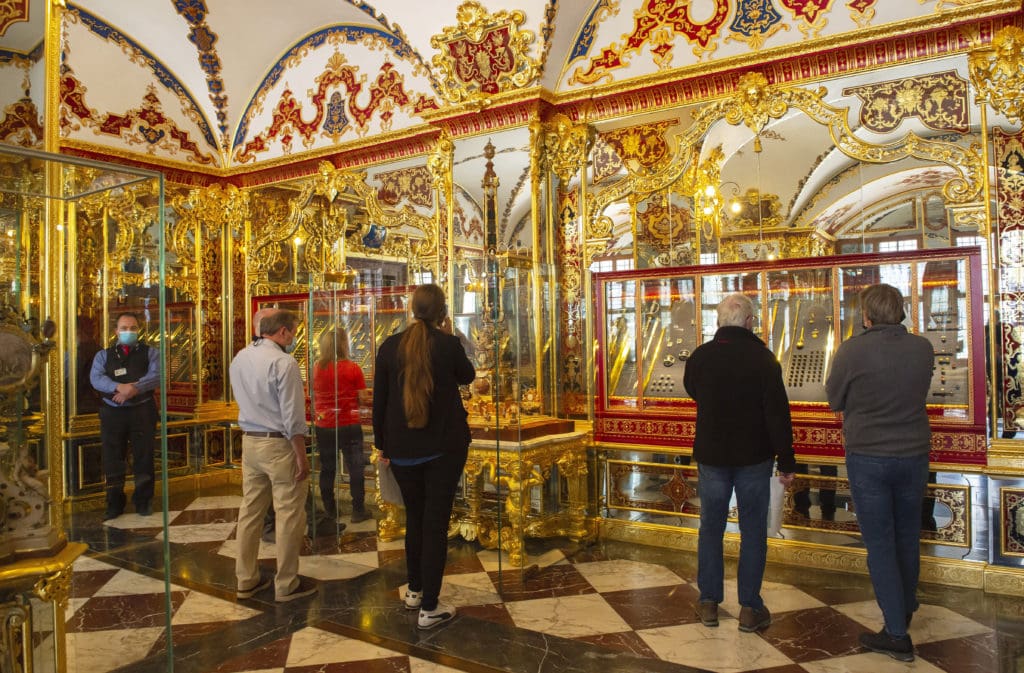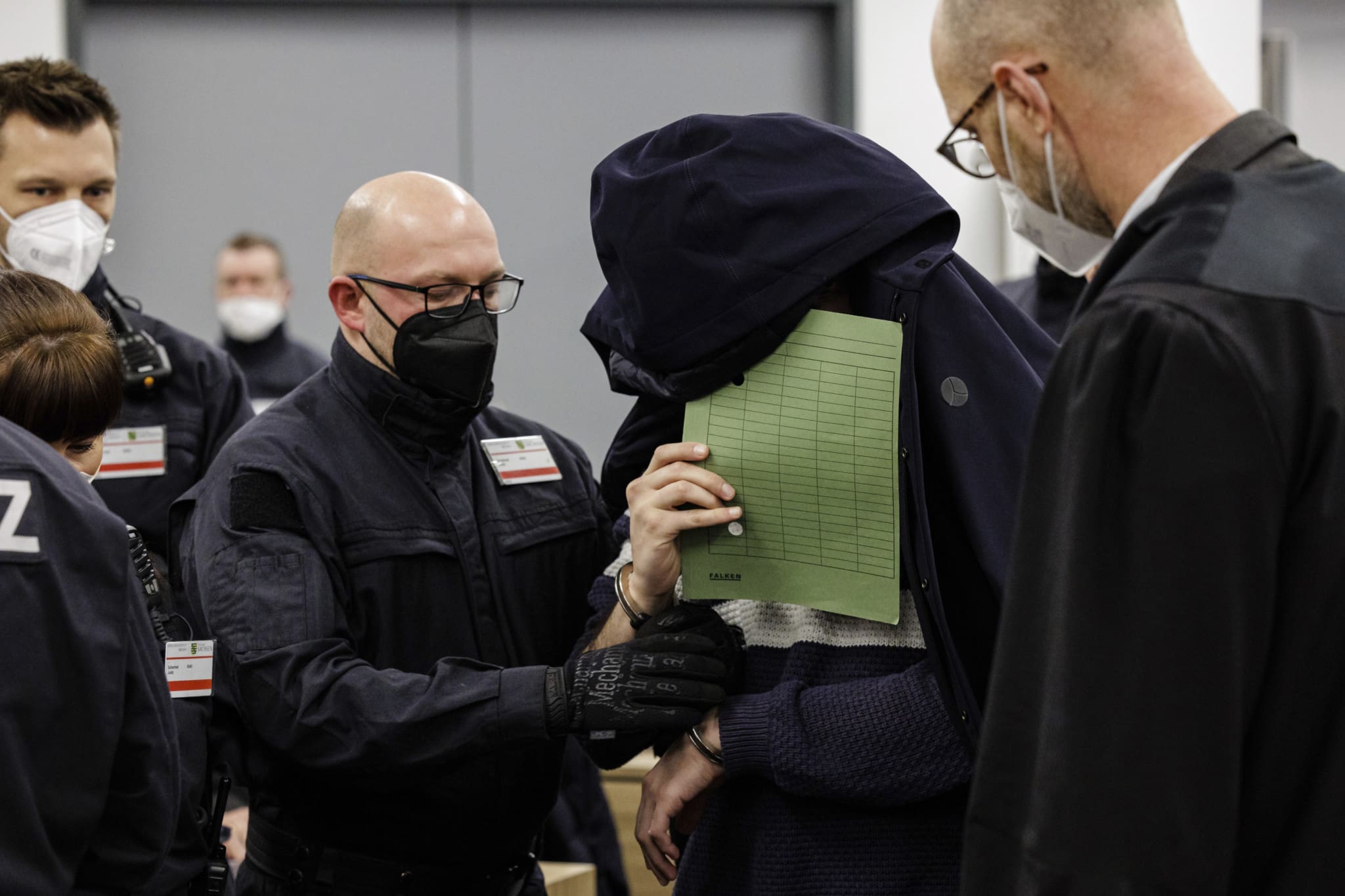Germany has recovered millions in stolen royal jewelry after the items taken in the 2019 Green Vault robbery of Dresden Castle. According to media reports, one of the members of the Arab Remmo clan told investigators where some of these jewelry pieces were located, likely in exchange for a more lenient sentence.
Six members of the Remmo clan, Rabieh (29), Bashir (27), Wissam (26), Abdul Majed (23), Mohamed (23), and Ahmed Remmo (24), are currently on trial for the crime, with the gang responsible for a number of high-profile museum heists in recent years, including the 100-kilogram “Big Maple Leaf” gold coin robbery from the Berliner Bode-Museum.

However, the 2019 Green Vault robbery saw the clan’s notorious thieves make off with jewelry worth €120 million in what has been dubbed “the Robbery of the Century.” The thieves cut through a window of the museum, smashed the display cases and stole jewelry that had a total of 4,300 diamonds.
A getaway car was also set on fire in an underground garage during the robbery, causing extensive damage.
The public has been eagerly awaiting the upcoming trial date because the public prosecutor assumes that several of the accused now want to make confessions. Police and the public prosecutor’s circles hinted that those defendants, who were responsible for the return of the jewelry, hoped for a reduced sentence, which at least one or more from the group might receive.
[pp id=56994]
The Saxon authorities announced that there had been “discussions between the defense and the public prosecutor’s office, with the involvement of the court, about a possible procedural understanding and return of any remaining loot.”
While 31 pieces of jewelry were recovered, not all the stolen pieces were secured by police. For example, the “heart” of the collection, the large breast bow of Queen Amalie Auguste, is still missing. However, the Polish Order of the White Eagle was returned along with most other important pieces, according to German newspaper Die Welt.
“Everything else is now to be reserved for the course of the main hearing before the Dresden Regional Court,” said Jürgen Schmidt, spokesman for the Dresden public prosecutor’s office.
[pp id=35806]
There are differing opinions within law enforcement circles about the deal that was likely made to return the jewelry. Some say it was a smart move because it apparently succeeded in breaking down the clan family’s code of honor and saw investigators build distrust between different clans members, while others say it allowed the clan to see reduced sentences for an audacious robbery. Of course, the return of highly valuable and historical royal jewelry pieces is also a major coup for authorities.
The seized pieces of art, secured by special forces of the police, had been transferred to Dresden where they are currently being forensically examined to determine whether they have been altered in any manner, but experts expect the pieces to be in good condition, even if they were not properly stored.
Art experts expressed surprise that the jewelry pieces turned back up. Willi Korte, an expert on art thefts, said, “It was generally assumed that the perpetrators had already taken care of finding outlets for the pieces before the heist and that they would therefore never reappear.”
Now there is speculation as to why they were still in the possession of the Remmo clan. The assumption is that the perpetrators may not have planned the theft so meticulously after all. Apparently, they had not found any buyers for the hot goods, which had made them effectively worthless. When it comes to art theft, there’s a simple rule, said expert Korte: “It’s easier to steal than to fence it.”
Migrant clan gangs are a major problem in Germany, and have been involved in a number of high-profile murders and other crimes in the country.






